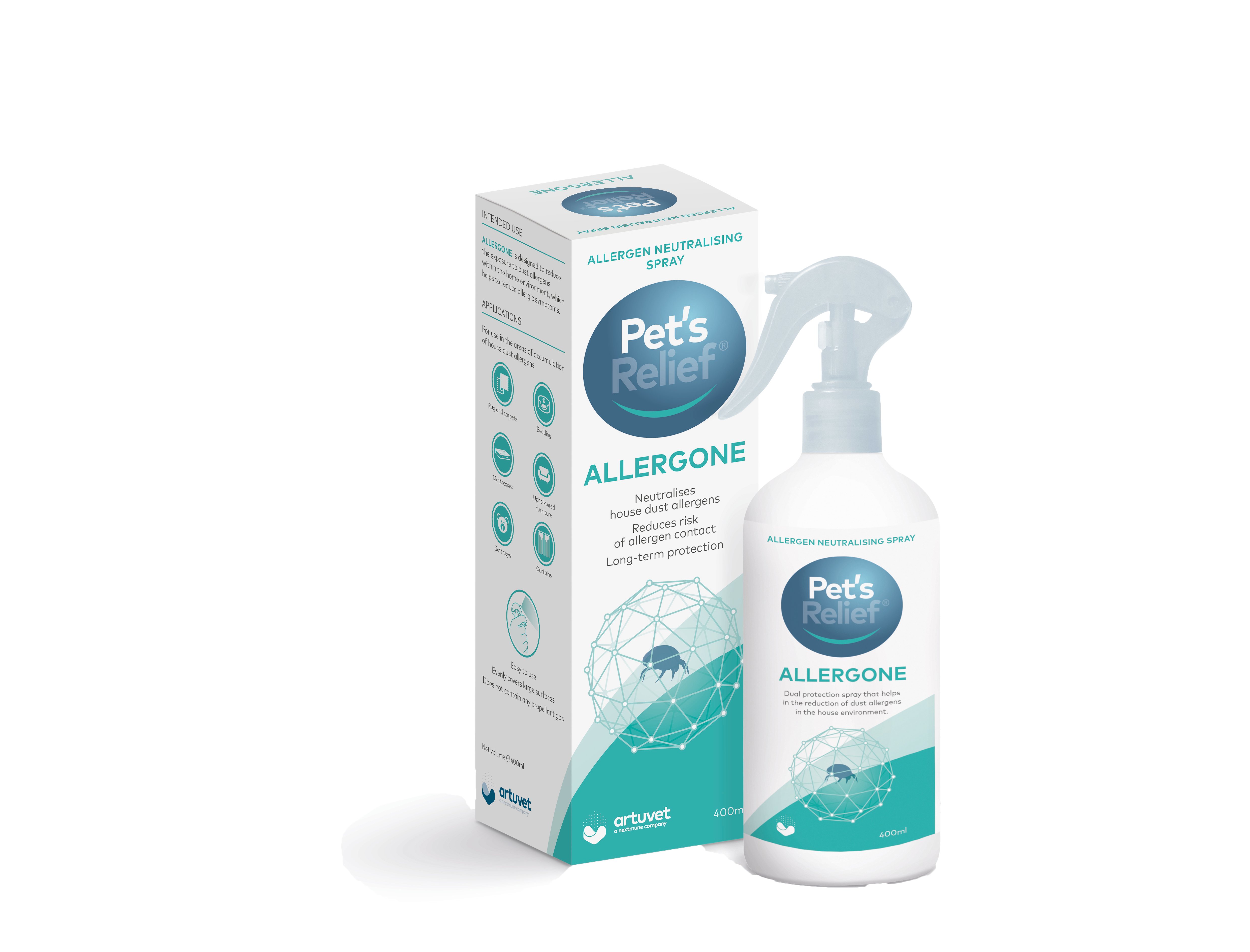Does your patient suffer from localized or generalized itching? Do they exhibit nasal discharge or watery eyes? Are they coughing, sneezing, or wheezing?
They could be experiencing a seasonal or non-seasonal allergy. But what’s the difference? Identifying their allergy type can impact treatment and ultimately their long-term relief.
Seasonal Allergies
Seasonal allergies are characterized by their short duration (typically 3 months or less). Depending on the allergens that trigger their reaction, symptoms usually surface during a specific time of year. One common period is in the Spring as temperatures rise and trees begin to pollinate.
But springtime is not the only season allergies can appear. If your patient has allergies to grass pollens, their symptoms will be most severe in the late spring-early summer seasons. Whereas, if your patient has allergies to ragweed pollen, then autumn is the worst season.
Previous seasons can also affect when seasonal allergies emerge. For example, if your winter was particularly cold, tree pollination may be delayed a couple of weeks – which could delay their symptoms.
Non-seasonal Allergies
In contrast to seasonal allergies, symptoms of non seasonal environmental allergies are consistently present for a longer period (greater than 3 months) and do not vary by season. These allergies can be present year-round. Common causes of environmental allergies are dust mites, mold spores, cockroaches and animal dander.
Regardless of which allergy type your patient is suffering from, there are ways pet parents can minimize their animal’s symptoms:
- Cleaning bedding or disposing of old bedding frequently
- Bathing the animal routinely – using hypoallergenic shampoos
- Keeping windows and doors closed
- Using an air conditioner and air purifier with a HEPA filter
- Treating your home regularly for insects
That said, primary treatment routines should be tailored to the type of allergy your patient is suffering from.
For instance, antihistamines, corticosteroids, and comfort therapies are often used to reduce itching, but these treatments simply mask the problem and do not address the underlying causes of allergies. Additionally, many of them have potentially serious side effects, however, if your patient meets the seasonal guidelines outlined above (3 months or less) these could prove a valid short-term solution.
Since environmental allergies can be a life-long ailment, allergen-specific hyposensitization is the only way to address the disease’s underlying cause. This treatment increases your patient’s tolerance to the various allergens causing their discomfort. Plus, there are minimal side effects. However, therapy often takes several months to see the full benefit.
The ability to differentiate between seasonal and non-seasonal allergies will help you to develop a more effective treatment plan with your client and can trigger a quicker recovery time.
 UK
UK

 Global English
Global English



